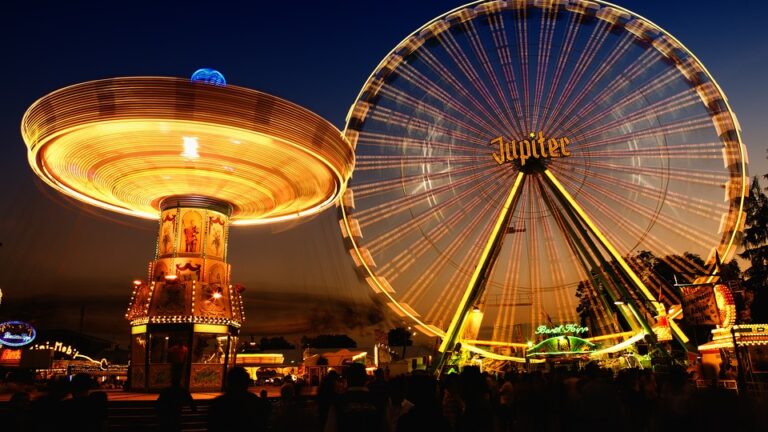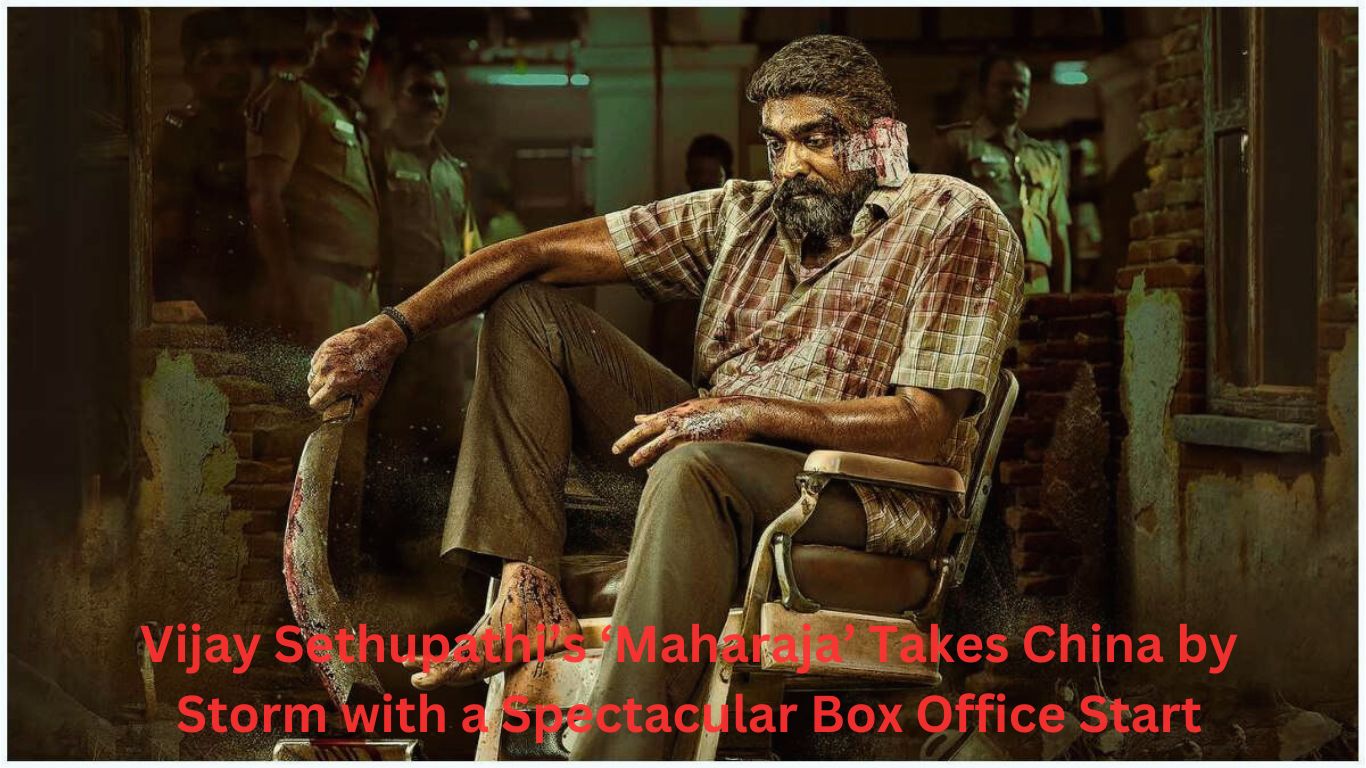From Page to Screen: The Best Book Adaptations in Recent Years
In the world of film and television, book adaptations have long been a staple of storytelling, providing filmmakers with a rich tapestry of narratives to draw upon. The transition from page to screen not only breathes new life into beloved literary works but also invites new audiences to explore the stories that may have initially gone unnoticed. In recent years, a plethora of book adaptations have captivated viewers, showcasing the vast range of human experience articulated through literature. Here are some of the standout adaptations that have graced our screens, illustrating the brilliance of their source material.
1. “Little Fires Everywhere” (2020)
Based on Celeste Ng’s bestselling novel, “Little Fires Everywhere” was adapted into a compelling Hulu miniseries. The story centers on the intertwined lives of the Richardson family and a single mother and her daughter, exploring themes of motherhood, privilege, and race in 1990s suburban America. Reese Witherspoon and Kerry Washington deliver powerful performances, skillfully capturing the nuances of their complex characters. The adaptation was praised for its thoughtful examination of the issues at hand and its striking visual style, making it a must-watch for fans of the book.
2. “Normal People” (2020)
Sally Rooney’s “Normal People” became a cultural phenomenon upon its release, and its television adaptation by Hulu and BBC Three did justice to the tender, nuanced exploration of young love. The series follows the intricate relationship between suburban Irish teens Connell and Marianne as they navigate their feelings for each other over several years. The chemistry between the leads, Paul Mescal and Daisy Edgar-Jones, captivated audiences and allowed for a deep emotional engagement that resonated with viewers. Its fidelity to the source material and its ability to capture the essence of Rooney’s writing were widely acclaimed.
3. “Dune” (2021)
Frank Herbert’s epic science fiction novel, “Dune,” is a literary giant, and Denis Villeneuve’s adaptation has been hailed as a visual masterpiece. This ambitious project captures the intricate political and ecological complexities of Herbert’s world while showcasing stunning landscapes and impressive visuals. The film focuses on Paul Atreides, played by Timothée Chalamet, as he navigates treachery, prophecy, and destiny on the desert planet of Arrakis. The adaptation’s fidelity to the source material and its breathtaking cinematography made it a landmark in cinematic storytelling and introduced a new generation to the world of “Dune.”
4. “The Night Circus” (TBA)
Although not released yet, “The Night Circus” by Erin Morgenstern has been making headlines with its highly anticipated adaptation. With the film being produced by Lionsgate and the release set for the near future, fans of the novel are eagerly awaiting the visualization of the enchanting world of Le Cirque des Rêves — a magical circus that only opens at night. The promise of capturing the book’s lush imagery and romantic tone has heightened excitement, and it is expected to be a visual treat grounded in a mystical narrative.
5. “The Queen’s Gambit” (2020)
Originally a novel by Walter Tevis, “The Queen’s Gambit” became a cultural sensation as a Netflix miniseries in late 2020. The story follows Beth Harmon, an orphaned chess prodigy played by Anya Taylor-Joy, as she rises through the ranks of the chess world while grappling with addiction and isolation. The show’s portrayal of chess as both a mental struggle and an art form, paired with Taylor-Joy’s performance, resonated deeply with audiences. Viewers became enamored with both the character and the sport, leading to a renewed interest in chess worldwide.
6. “Where the Crawdads Sing” (2022)
Delia Owens’ debut novel, “Where the Crawdads Sing,” achieved immense popularity before it was adapted into a film. The story intertwines a coming-of-age tale with a murder mystery set in the marshes of North Carolina. The film adaptation, featuring Daisy Edgar-Jones as Kya, successfully captured the ethereal beauty of the setting and the complexities of the protagonist’s character. While responses varied, many admired the film’s cinematography and its ability to retain the book’s emotional depth while providing a cinematic experience.
Conclusion
The magic of adapting literature for the screen lies in its potential to breathe new life into stories that resonate with diverse audiences. Recent years have proven that when done thoughtfully and respectfully, adaptations can bridge the gap between readers and viewers, opening literary worlds to those who may not have discovered them otherwise. With creative approaches and standout performances, these adaptations are not merely translations of text to film; they are artistic interpretations that celebrate the power of storytelling in all its forms. As filmmakers continue to draw from the literary canon, audiences are sure to embark on more journeys from page to screen in the years to come.















